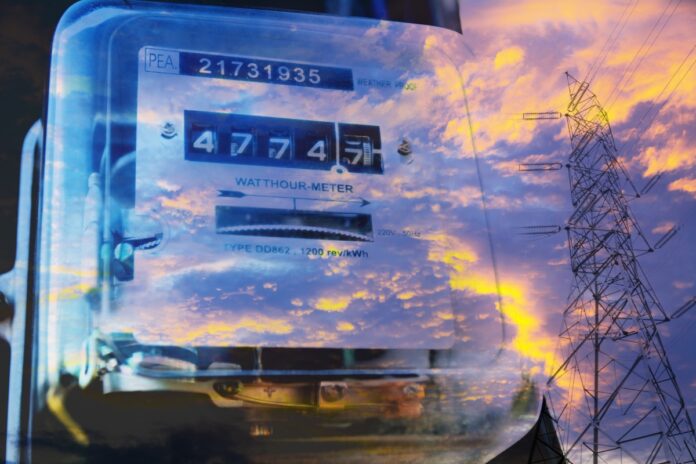Telia has signed a deal with ONE Nordic AB, an energy consulting and maintenance company, to connect 900,000 electricity meters for Swedish electricity distributor Ellevio.
The ten-year-deal is the largest to date using Telia’s Narrowband Internet of Things (NB-IoT) network.
Anders Malmberg, Managing Director Smart Metering at ONE Nordic, said that his company needed a flexible, future-proof solution that was economically competitive.
Beyond connectivity
Malmberg commented, “When connecting meters across large geographic areas, economic considerations go far beyond the connectivity alone. Telia is able to provide a high-performance fully-managed network that supports us in our ambition to focus on delivering first-class services to Ellevio.”
Johan Svensson Program Manager at Ellevio, added, “NB-IoT technology gives us broader and deeper coverage, which is ideal for rural and deep indoor locations. This allows enhanced machine-to-machine communication that fits perfectly with our smart grid development. It will also allow us to develop and deploy a wide range of new IoT devices and services for our customers in the future.”
The rollout of new meters will begin spring 2020 and will continue until the end of 2023. The ten-year contract with ONE Nordic has an option for six more years.
NB-IoT
Telia launched NB-IoT in late 2017 and claimed to be the first to do so in the Nordics.
Narrowband IoT (NB-IoT), along with LTE-M, is a low-power wide area network (LPWAN) radio technology standard developed by the 3GPP to enable a wide range of cellular devices and services, in particular IoT and machine-to-machine applications.
According to a recent report from Global mobile Suppliers Association (GSA), 102 operators have now deployed NB-IoT and LTE-M networks.
“NB-IoT is opening up a lot of new use cases for us,” said Björn Hansen, Head of IoT, Division X, Telia Company. “It provides deep indoor coverage, which is ideal for connecting utility meters underground or inside buildings. It also lets us deliver economies of scale that weren’t previously possible.”



